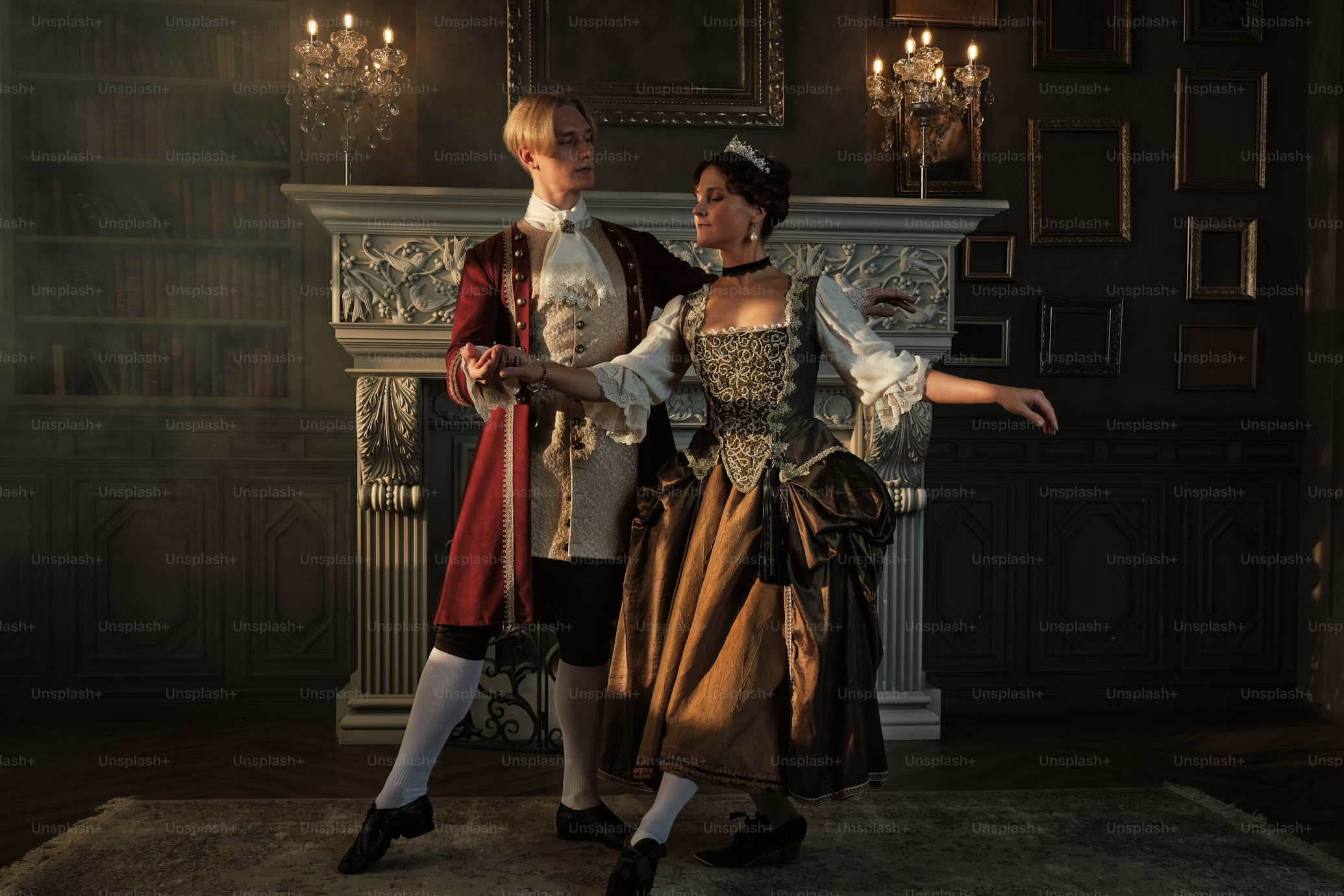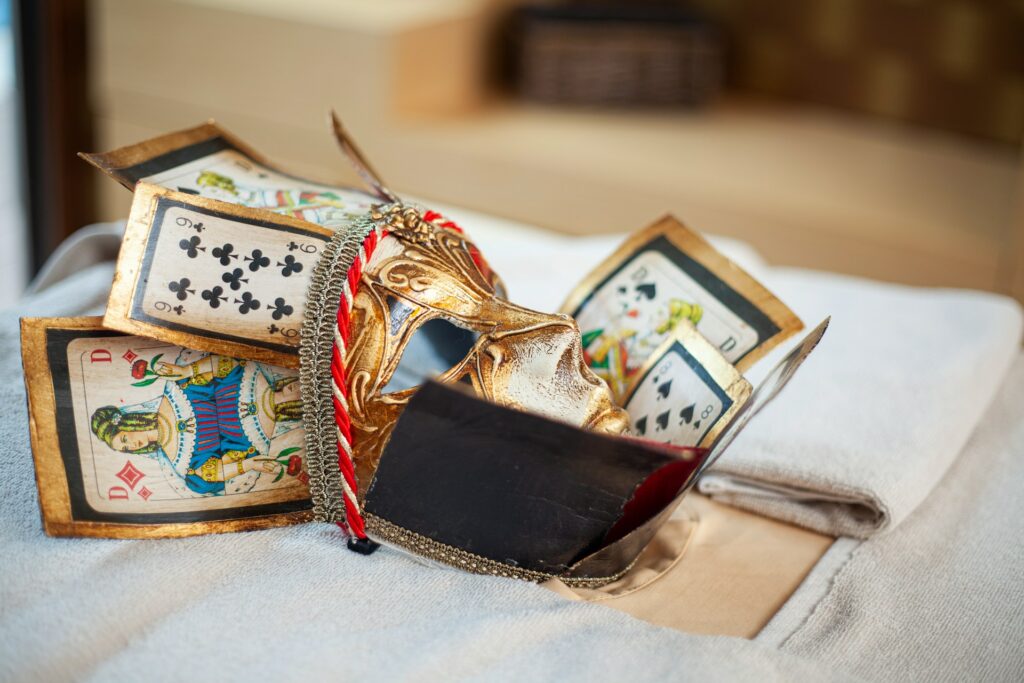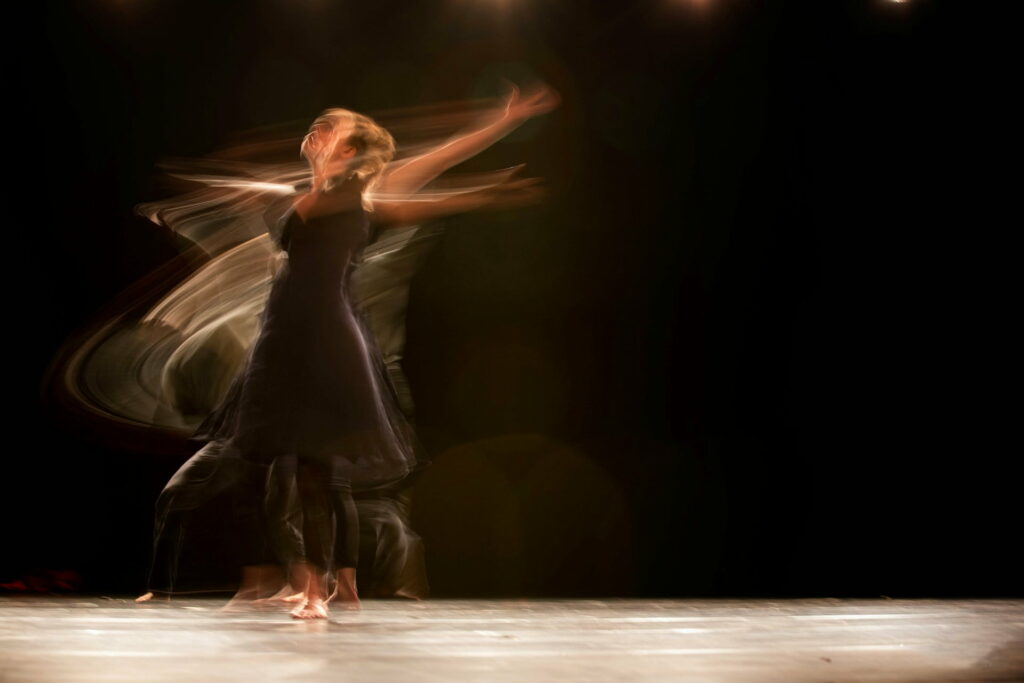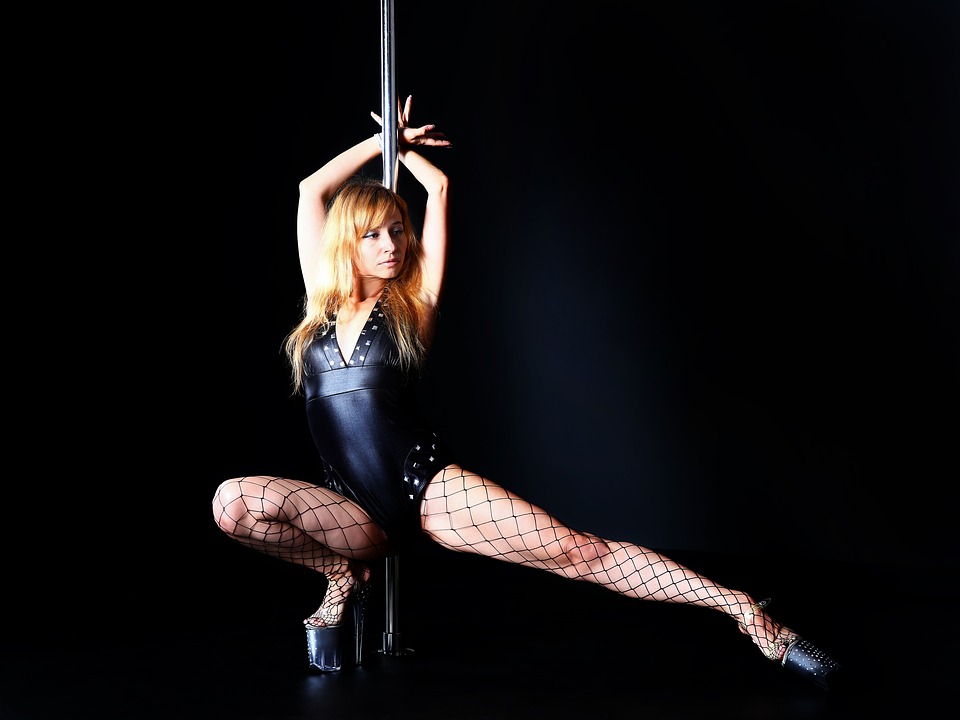
Summary
Baroque dance: the historical impact of this elegant dance
Do you want to know everything about baroque dance? This article immerses you in the refined world of Belle Danse, born at the court of Louis XIV. Discover its origins, its elegant steps and its historical impact.
Baroque dance is not just an art, it is a way of life for the nobility. You will learn how it influenced monarchical rituals and the daily lives of gentlemen.
Curious to see how this ancient art is practiced today? Read on to explore the Baroque dance revival and its modern influence. This article is made for you !
Summary
Baroque dance: an art of living
Definition
Baroque dance, also known as “Belle Danse,” is a style of theatrical dance that originated at the court of Louis XIV in the 17th century. Characterized by its graceful movements and elaborate steps, it represents a true art of living, combining elegance, discipline and refinement. La Belle Danse is distinguished by its technical precision and harmonious aesthetic, offering a spectacle that is as visual as it is emotional.
Its importance for the nobility
At the time, Baroque dance was not just a form of entertainment, but an essential activity for the nobility. Balls and dance performances were essential events at court, where the grace and agility of the dancers were admired and often envied. Dancing with elegance and mastery was a sign of high social status and refined education, a way to distinguish oneself and shine in aristocratic society.
Political and social issues
La Belle Danse played a crucial role in the political and social intrigues of the time. At the court of Louis XIV, dance was used as a tool of power and control. The king himself was a passionate dancer and imposed this discipline on his court to establish his authority. Participating in these dances meant not only being part of the elite, but also submitting to royal order and showing loyalty to the monarch.
Its educational role
For gentlemen, baroque dance was also an integral part of their education. From a very young age, they learned the steps and techniques of this refined dance. This was not limited to the acquisition of artistic skills, but also included learning good manners, posture and self-confidence. Mastery of the Belle Danse was therefore essential for a gentleman to be considered accomplished and worthy of his rank.

The origins of baroque dance
Louis XIV's passion for dance
Baroque dance owes a lot to the enthusiasm of Louis XIV, nicknamed the “Sun King”. From a young age, Louis XIV was a passionate and talented dancer. He saw dancing not only as entertainment, but also as a way to assert his power. The king regularly danced in court ballets, contributing to their popularity. In 1661, he founded the Royal Academy of Dance, the first institution of its kind, dedicated to the codification and promotion of this art. Thanks to him, Baroque dance became an integral part of French culture and influenced European courts.
Monarchical ritual
At the court of Louis XIV, baroque dancing was more than just a pastime: it was part of a carefully orchestrated monarchical ritual. THE balls and dance performances were lavish events where every movement was calculated to reflect the grandeur and harmony of the Sun King's reign. The dance served as a visual metaphor for the absolute power of Louis XIV, with complex choreography that symbolized court order and hierarchy. Courtiers were trained to perform sophisticated dances, thereby reinforcing their allegiance to the monarch and their role in the political spectrum.
The origins of Baroque dance are deeply rooted in Louis XIV's personal passion for dance and his strategic use of the art to enhance his power and prestige. Baroque dance, born from the French court, became a symbol of elegance, refinement and royal grandeur, lastingly marking the history of European dance and culture.
The steps and rhythms of baroque dance
Classification of dances
Baroque dance is characterized by a wide variety of steps and rhythms, each with its own specificities and uses. The dances of this period generally fall into three main categories: binary dances, ternary dances and jig. Each category offers a range of movements and rhythms which contribute to the richness and diversity of baroque dance.
Binary (2 times): gavotte, trousse, rigaudon, etc.
The binary dances, marked by a two-beat measure, are among the most dynamic and joyful in the Baroque repertoire. The gavotte is an elegant and graceful dance, often used to open balls. The Bourrée, with its rapid rhythm and lively steps, brought a festive energy to the ceremonies. Rigaudon, for its part, was appreciated for its jumping movements and repetitive patterns, inviting conviviality and social interaction. These dances, although structured, allowed a certain freedom of interpretation, allowing the dancers to show their virtuosity and personal style.
Ternary (3 beats): current, sarabande, chaconne, etc.
The ternary dances, in three beats, are distinguished by their fluidity and grace. The cours is a noble and majestic dance, often used to express dignity and solemnity. The sarabande, with its slow tempo and expressive movements, brought a touch of emotion and depth to the performances. The chaconne, famous for its elaborate variations, allowed dancers to demonstrate their technical mastery and creativity. These dances were often accompanied by rich and complex music, accentuating their elegant and refined character.
Gigue (6/8): lively and bouncy rhythm
The gigue is one of the most lively and lively dances of the Baroque period. In 6/8 time, it is characterized by its lively and bouncy rhythm, which evokes joy and exuberance. Originating in England, the jig quickly gained popularity at the court of Louis XIV. Its rapid and light movements required great agility and perfect coordination, making the jig a real challenge for the dancers. She often closed the dance suites, leaving an impression of dynamism and vitality.
The steps and rhythms of Baroque dance therefore reflect a rich diversity of styles and expressions, ranging from solemn majesty to exuberant joy. Each dance, with its own rhythmic and technical characteristics, contributes to the beauty and complexity of this unique art.
The practice of baroque dance today
Rehabilitation of Beautiful Dance
Over the centuries, baroque dance had almost disappeared, falling into oblivion in the face of the emergence of new dance forms. However, in recent decades, we have witnessed a real renaissance of this forgotten art. Enthusiasts, researchers and historians set out to rediscover and rehabilitate Belle Danse. This rehabilitation involves researching period documents, scores, and dance manuals, allowing us to find the original gestures and techniques. Workshops and courses are multiplying, allowing amateurs and professionals alike to learn about this refined dance.
The rediscovery of baroque dance
Dance researchers and historians have played a crucial role in the rediscovery of Baroque dance. By studying archives, paintings, and manuscripts from the time, they managed to reconstruct lost choreographies and techniques. These efforts have made it possible to restore with great fidelity the dances as they were practiced at the court of Louis XIV. Thanks to this work, baroque dance is no longer just a historical curiosity, but a living art, practiced and appreciated by an increasingly wide audience. Publications, lectures and demonstrations help raise awareness and educate the public about the importance and beauty of this cultural heritage.
The representation of the baroque repertoire today
Today, several dance companies specialize in the baroque repertoire, such as “Ris et Danceries”. This company, among others, strives to revive ballets and court dances with remarkable authenticity. Their shows, often accompanied by music played on period instruments, transport the audience into the sumptuous world of the 17th century. The dancers, trained in specific techniques of Belle Danse, offer performances that combine historical rigor and artistic expression. These companies play an essential role in the transmission and promotion of baroque dance, allowing this art to regain its place on contemporary stages.
The practice of baroque dance in our time is the fruit of passionate work of rehabilitation and rediscovery. Thanks to researchers, historians and specialized companies, Belle Danse continues to fascinate and enchant a modern audience, thus preserving a precious cultural heritage.

Conclusion
Baroque dance, born at the court of Louis XIV, is a refined and codified art. She influenced the nobility and marked history with her elegant steps and varied rhythms. Today, it is experiencing a renaissance thanks to enthusiasts and specialized companies.
Binary, ternary dances and jig offer unique diversity and richness. The passion of Louis XIV and the monarchical rituals shaped this art. La Belle Danse is a precious and living cultural heritage.
Want to discover more about dance? Explore our articles on other historical dance styles. Immerse yourself in the fascinating world of classical dance or folk dances.
Come let off steam at DECIBEL
If you like to combine dance and cardio, DECIBEL® is perfect for you. Our energetic 45-minute classes mix dance and fitness to boost your endurance and refine your figure.
Immerse yourself in varied and dynamic choreographies in a warm atmosphere. With our motivating coaches, tone your abs, thighs and glutes, all to catchy music and soothing lighting.
At DECIBEL®, every session is a pleasure!
Read also
follow us
on instagram
Follow our news,
take advantage of our tutorials and participate to our
contests!
BREAKING NEWS!
Receive our newsletter.






